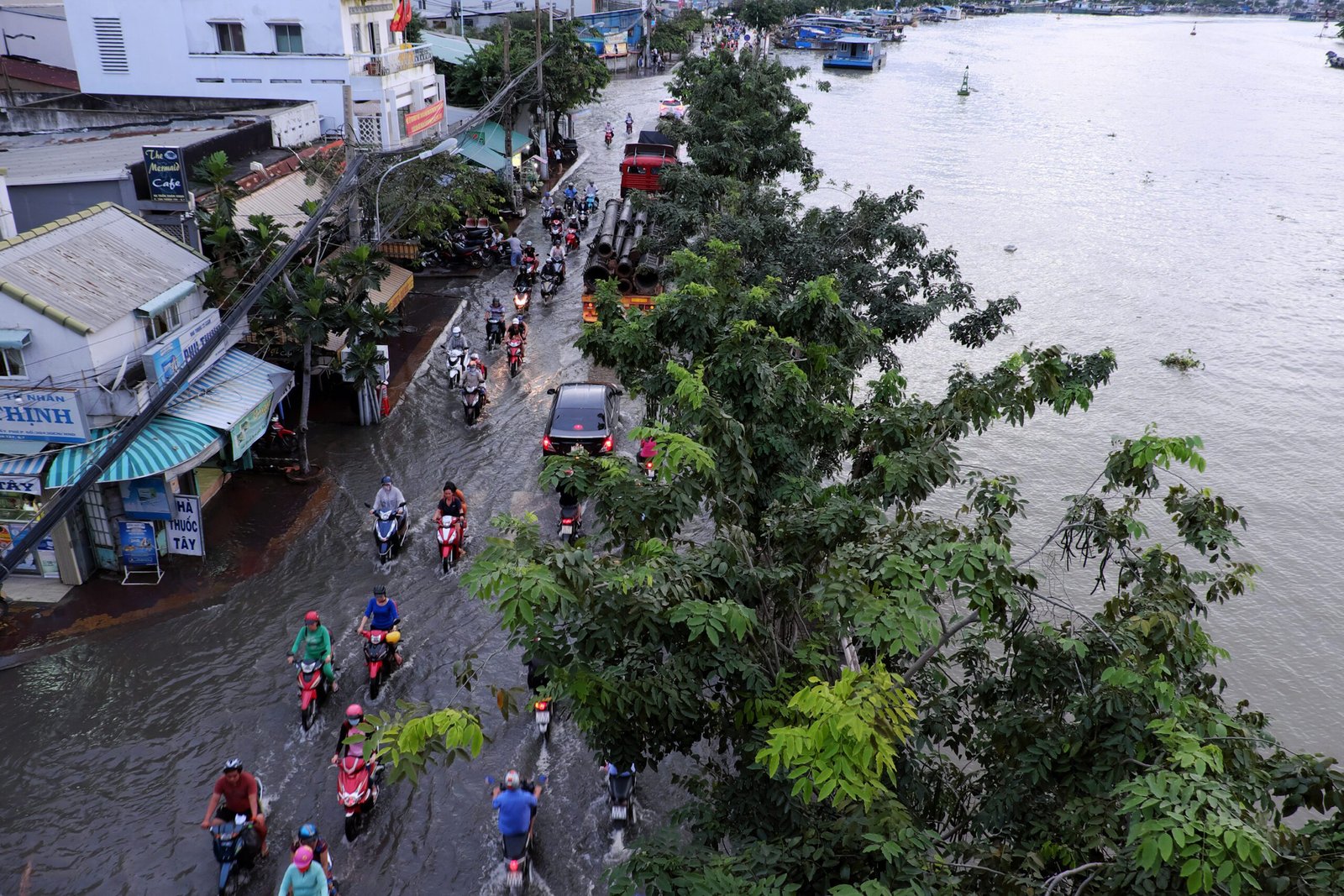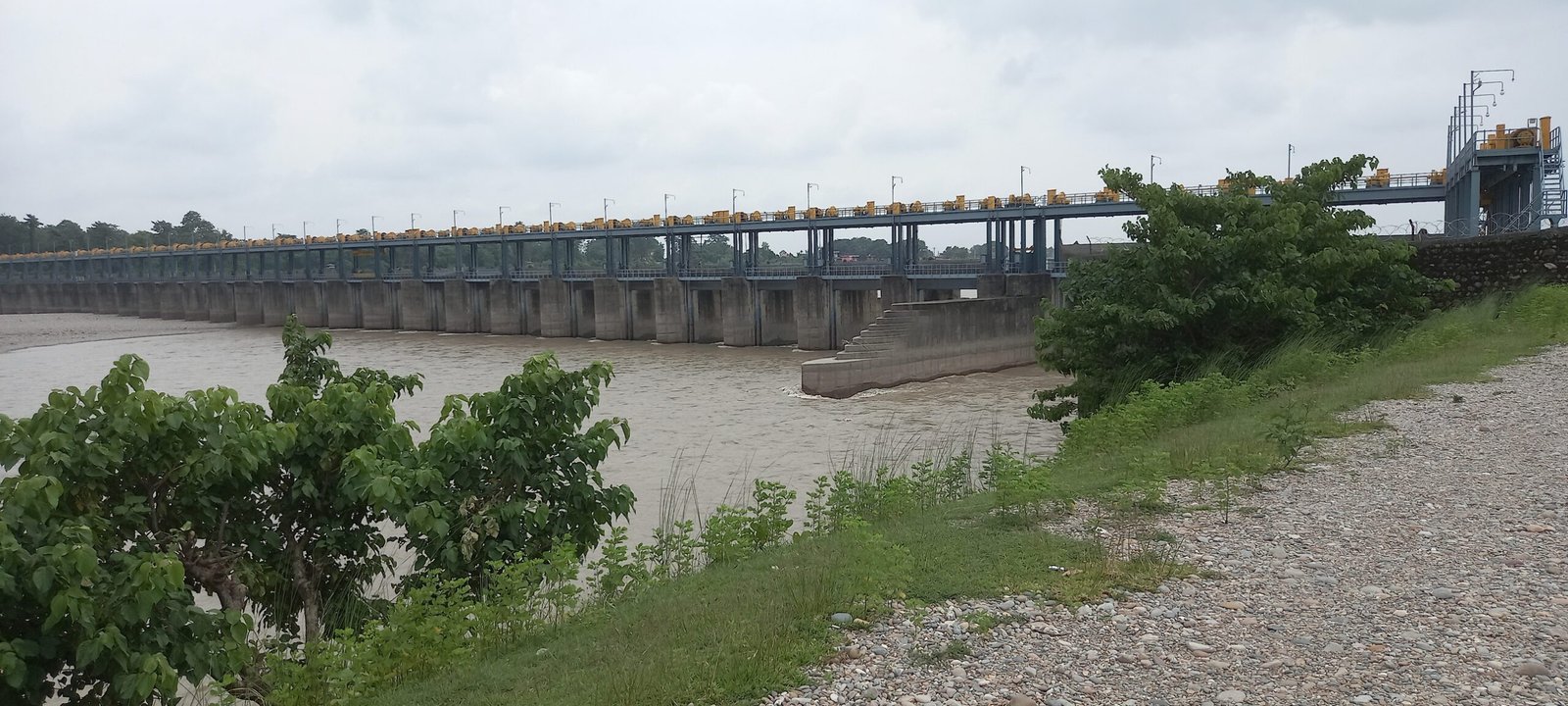This blog is part of a series organised in conjunction with the 19th global development conference.
Air pollution levels in India are among the highest in the world, and enforcement of regulation is often inadequate. This column – an entry in GDN’s 2019 international youth blog competition – explores how the results of experimental research on the incentives for environmental auditors of polluting firms were used to design regulatory guidelines that led to more accurate reporting and reduced pollution.
Air pollution levels in India are among the highest in the world. Multiple analyses – including the World Health Organization’s (WHO) Ambient Air Quality Database, the State of Global Air Report, and the Air Quality Life Index – have reported pollution levels that far exceed the WHO’s recommended air quality standards.
For example, many cities in India have concentrations of annual average particulate matter (an indicator of air pollution consisting of a mixture of solid and liquid particles) that are 15 to 20 times higher than the WHO’s recommended standard.
Indeed, poor air quality is pervasive and affects nearly 80% of the population, relative to the recommended standards of the Indian National Ambient Air Quality Standards (NAAQS). With regard to the WHO’s standards, that number rises to 99% of the population.
Tackling air pollution has to be a key policy objective because of its significant short- and long-term impacts along several dimensions. Exposure to particulate matter is associated with increased risk of cardio-respiratory diseases and reduced life expectancy. One estimate for 2017 indicates that over 1.2 million deaths in India were linked to air pollution, including both ambient and household pollution.
Air pollution and climate change have several interlinkages, the latter posing extraordinary costs. Polluting activities may preclude or delay transitions to clean energy and sustainable production techniques. These aspects relate to the United Nations Sustainable Development Goals of achieving good health and wellbeing, tackling climate action, generating affordable and clean energy, and adhering to responsible consumption and production.
Regulations and enforcement
In this context, research that addresses the challenges and benefits of effective industrial pollution regulation is highly relevant for policy. Environmental regulations in India mostly rely on ‘command-and-control’ instruments, such as emissions standards, abatement technology or process standards, and bans on specific activities. Furthermore, regulators devote most of their resources to regulating industrial pollution.
Enforcement of regulations has been inadequate, however. One study suggests that poor enforcement may be due to lack of accurate data on industrial emissions, lack of public engagement, skewed incentives that affect data quality, or limited resources.
Another reason for poor enforcement is that regulations are inflexible: violation of standards incurs criminal penalties, plant closures, or other disproportionate measures. What is evident though is that regulators need accurate data to be able to determine compliance and impose penalties.
Data quality, incentives, and environmental audits
In Gujarat, a state in West India with large industry clusters, ambient pollution levels were well above the NAAQS limits, but the local regulators – the Gujarat Pollution Control Board (GPCB) – observed a high degree of compliance by plants. Under the status quo regulations, introduced by the state court, high-pollution potential plants were required to submit annual environmental audit reports, based on which regulators determined compliance.
Among these plants, some were required to be audited by technical teams from engineering schools while the others were required to be audited by private auditors. Plants chose and paid the private auditors directly, opening up the possibility of misreporting for the plants’ benefit.
A study by economics Nobel laureate Esther Duflo and colleagues examines whether the status quo regulations provide accurate emissions data for the GPCB. Focusing on the plants that hire private auditors, the authors designed an experiment that ‘incentived accurate reporting’ by the audit firms.
Out of a sample of 473 plants in two industry clusters, the experiment randomly assigned half the plants to the treatment arm. The treatment consisted of:
a) auditors being randomly allocated to plants;
b) auditors being paid from a central pool, not by the plant, and at a rate set in advance;
c) auditors’ pollution measurements being verified by independent technical teams;
and d) at the beginning of the second year of the experiment, auditors being informed that their pay would be linked to the accuracy of their reporting.
The experiment ran for two years: 2009 and 2010. The results of the experiment confirm that incentives affected the quality of audit reporting. Among the control group of plants – those that continued under status quo regulations – about 29% of the audit reports falsified readings to show compliance with standards.
The treatment led auditors to report more truthfully. Relative to control group auditors, treatment group auditors reported pollution readings that were 50–70% higher. Treatment auditors were also 80% less likely to falsify readings to show compliance with standards.
Importantly, the experiment allowed auditors to audit both control and treatment plants. The results, therefore, are robust to concerns about selection bias across treatment groups.
Finally, average pollution in the treatment plants reduced by 20% of the standard deviation of the control group. The reduction came mainly from the most polluting plants, and this relates to inflexible regulations and selective enforcement by the regulator.
Policy impact
The results of this study made clear to the GPCB that the existing audit system provided unreliable data. In early 2015, the GPCB adopted the experiment’s design into its guidelines. This change in regulation, drawn from the results of innovative, rigorous research, is likely to have large effects in a state with about 20,000 plants.
The GPCB also applied the results of the experiment during the installation of Continuous Emissions Monitoring Systems (CEMS) devices in Surat, Gujarat. With CEMS vendors chosen and paid directly by plants, the GPCB conducted checks to establish that these devices recorded incorrect measurements and ordered independent calibrations.
These examples illustrate the application of research insights by policy-makers in different contexts and emphasize the role of incentives in determining policy outcomes.






